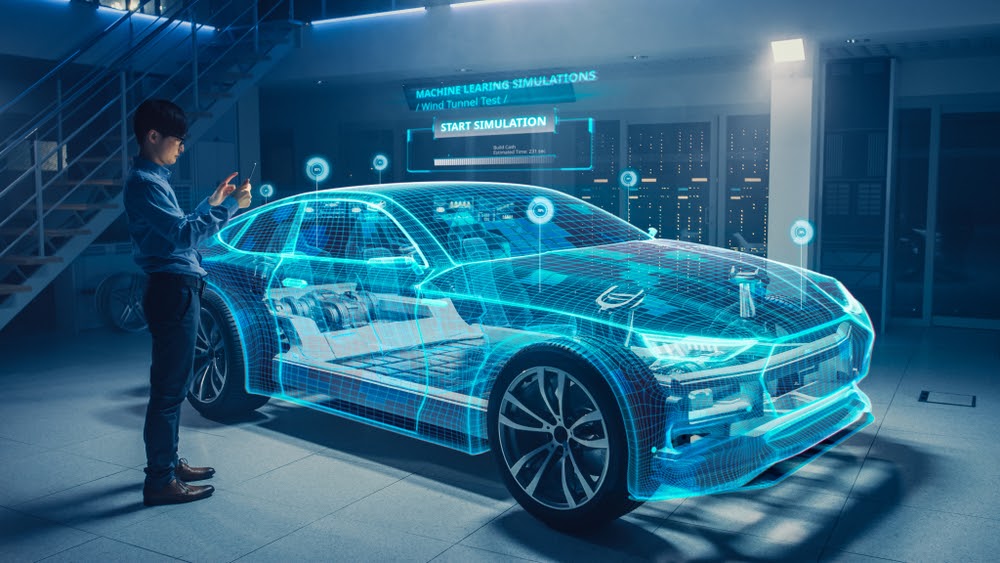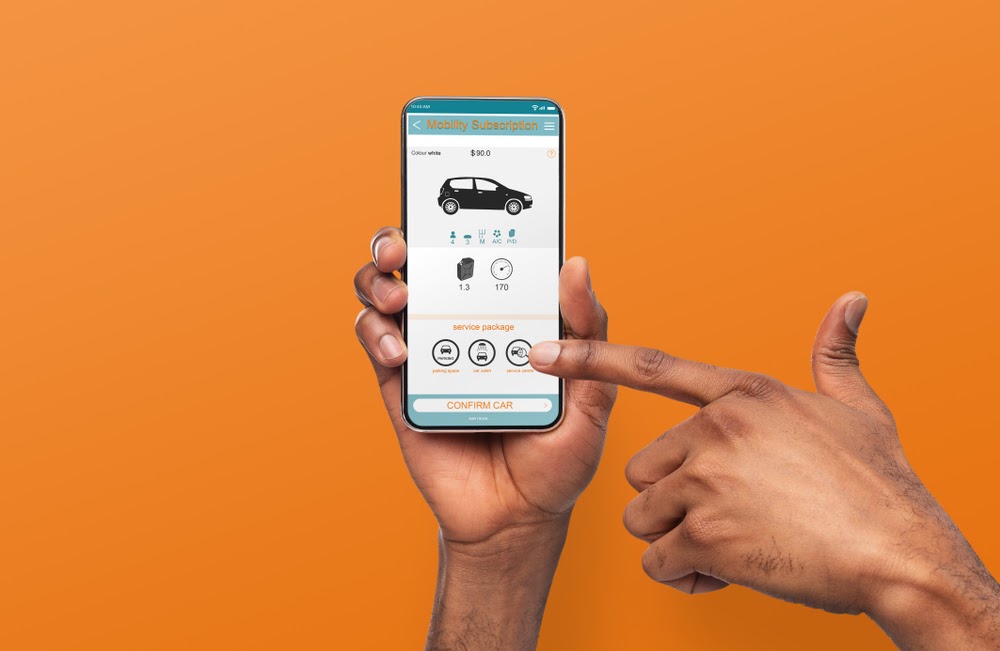The automotive industry has changed drastically over the years and there’s no sign that it’s slowing down any time soon. In fact, experts predict that a handful of new trends will completely revolutionize the automotive industry over the next decade. What does the future have in store for the automotive industry? Here are five automotive trends to keep a close eye on:
Trend #1: Autonomous Cars
There are five different autonomous driving levels, with level 1 vehicles offering no autonomy and level 5 vehicles offering full autonomy. Right now, no passenger vehicle is rated higher than level 2, but that will most likely change in the next decade. It’s estimated that fully autonomous cars will account for about 15% of all automotive sales in the year 2030.
Introducing fully autonomous vehicles won’t be easy. Automotive manufacturers will need to overcome several hurdles, including consumer hesitancy and regulations. However, once automotive manufacturers overcome these challenges, autonomous vehicles will completely change the driving experience for consumers.
Autonomous vehicles have the potential to make the roads safer, lower insurance costs, and reduce the environmental impact of traffic jams. These vehicles could also create a more enjoyable and less stressful driving experience for consumers, who will be able to sit back and relax during their commute.
Trend #2: Electric Vehicle Market Growth
Electric vehicles are already available for purchase, but experts predict that this segment of the automotive market will explode in popularity in the years ahead. The International Energy Agency predicts that sales of electric vehicles will be 15 times higher in 2035 than they were in 2019.
The growth in the electric vehicle market will be driven by a number of factors, including lower battery costs and wider availability of charging equipment for consumers. New emission regulations will also be responsible for much of the growth in this segment of the automotive market. Because of these new emission regulations, automotive manufacturers may have no choice but to invest in electric vehicles in order to avoid hefty fines.
The growth of this market will be seen in densely populated areas first, but will eventually make its way into rural areas as well.

Trend #3: Connectivity
Many of today’s vehicles are already designed with some degree of connectivity, but this will continue to increase in the future. Experts believe that future vehicles will be just as connected as the home or workplace.
The term “connectivity” refers to the two different things:
- The vehicle’s ability to connect with other vehicles and traffic infrastructure, and
- The passengers’ ability to connect with their surroundings.
For example, vehicles may connect with traffic lights, which will be able to determine how many cars are waiting in each lane. The traffic lights can use this information to figure out what lights to change in order to maximize efficiency. If a driver is approaching a sharp curve, a connected vehicle might also be able to warn them that a vehicle in front of them is slamming on their brakes even if the vehicle is not visible to the driver yet.
Connectivity changes like these could significantly reduce traffic accidents and traffic jams.
Trend #4: Shared Mobility
Over the next decade, experts believe that automotive consumers will embrace the concept of shared mobility. Instead of owning their own vehicle, they will use shared services so they only need to pay for a vehicle when they need it.
This will benefit consumers by saving them money on maintenance and auto insurance. It will also reduce the number of vehicles on the road at any given moment, which could minimize vehicle emissions.
Just like electric vehicles, this trend is expected to initially take off in densely populated areas where owning a car is not always convenient for consumers.

Trend #5: Online Sales
Consumers perform a wide range of activities online, from staying in touch with loved ones to applying for auto loans and managing their finances. But in 2018, only 1% of car buyers in the U.S. purchased their vehicle online. However, this number is expected to grow exponentially over the next ten years.
Nearly two-thirds of automotive consumers said they would consider purchasing their next vehicle online rather than in a dealer’s showroom. These consumers are comfortable with completing the entire car buying process online, including researching vehicles, taking test drives, applying for financing, negotiating the price, and paying for the vehicle.
To remain competitive, automotive manufacturers must invest in technology that allows them to sell to consumers online. Even if they can’t move the entire purchase online, they must be willing to move certain aspects such as comparing vehicle options and financing.
There’s no way to know what will happen in the future. But if these predictions come true, it’s safe to say that the automotive industry is in store for exciting changes.



